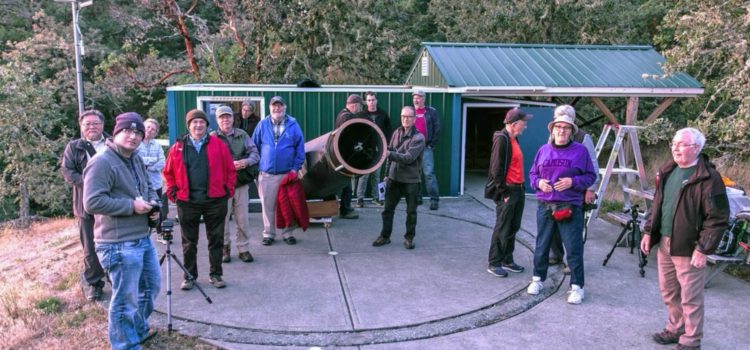It’s October! The nights are longer. The moon is higher. And lots of events are happening for our amateur astronomy community. The big one is the Annular Solar Eclipse which will happen on the morning of Saturday October 14. The
President’s Message – October 2023

